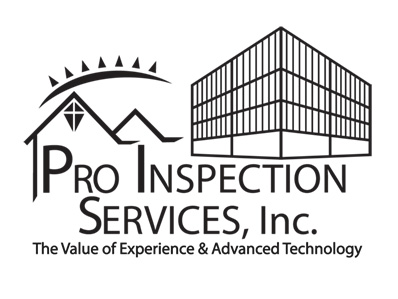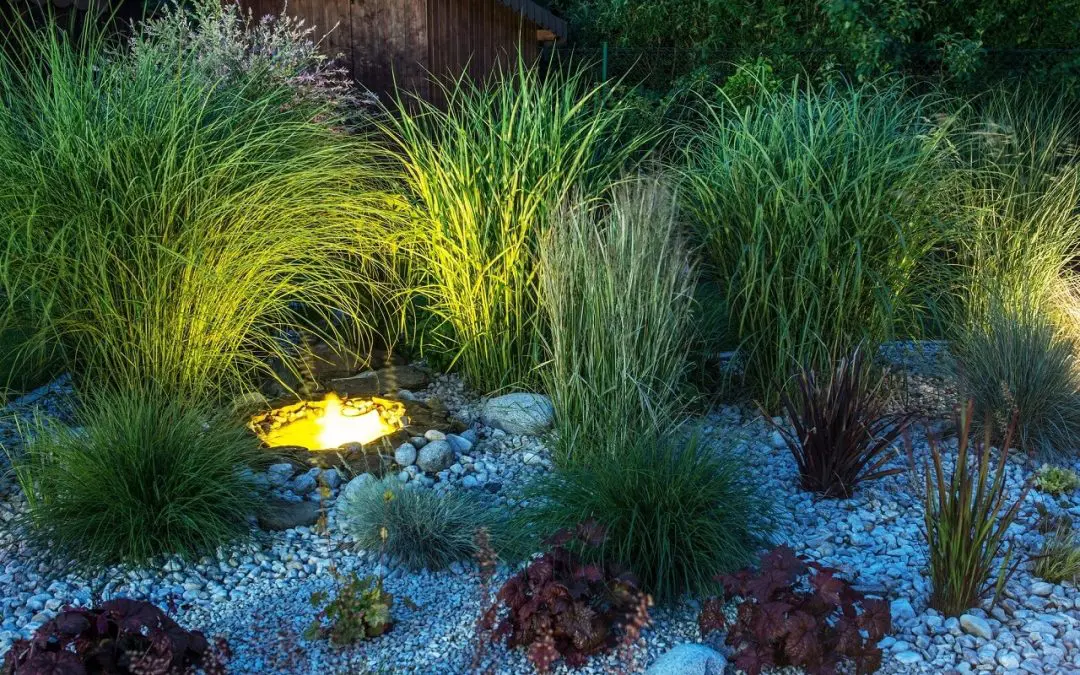During summer, homeowners seek ways to beautify their outdoor spaces while minimizing the time and effort required for maintenance. The good news is that achieving a low-maintenance landscape doesn’t mean giving up aesthetics. With the right approach and strategic planning, you’ll create a stunning outdoor area that practically takes care of itself. Here are some expert low-maintenance landscaping tips to help you get started.
Assess Your Space and Climate
Before beginning a landscaping project, it is essential to assess your outdoor space and understand your region’s climate. Take note of factors such as sunlight exposure, soil type, and rainfall patterns. This information will guide your plant selection and layout decisions so that your landscaping thrives with minimal intervention.
Choose Low-Maintenance Plants
Selecting the right plants is critical to low-maintenance landscaping. Look for native species and drought-tolerant varieties well-suited to your climate and soil conditions. These plants typically require less water, fertilizer, and pest control, reducing the need for ongoing care. Incorporate a mix of trees, shrubs, groundcovers, and perennials to add texture and visual interest while minimizing maintenance requirements.
Low-Maintenance Landscaping: Focus on Mulching
Mulching is a simple yet effective way to conserve moisture, suppress weeds, and improve soil health in your landscape. Choose organic mulch materials such as wood chips, shredded bark, or compost, which will gradually break down and enrich the soil. Apply a layer of mulch around trees, shrubs, and flower beds to help retain moisture and reduce the need for watering. Mulch also helps regulate soil temperature, protecting plant roots from extreme heat or cold.
Embrace Hardscaping Elements
Incorporating hardscaping elements such as pathways, patios, and retaining walls reduces outdoor maintenance requirements. These features add structural appeal and minimize the amount of turf and plantings that need regular care. Opt for durable materials like stone, gravel, or concrete that require minimal upkeep and will withstand the elements year-round. Strategic placement of hardscape elements also helps define outdoor living areas and improve accessibility throughout your landscape.
Implement Smart Irrigation Solutions For Low-Maintenance Landscaping
Efficient irrigation is essential for maintaining a low-maintenance routine. Install a drip irrigation system or soaker hoses to deliver water directly to the root zones of your plants, minimizing water waste and evaporation. Incorporate rain barrels or underground cisterns to collect and store rainwater for watering your landscape, reducing your reliance on municipal water sources. Use moisture sensors or smart irrigation controllers to automatically adjust watering schedules based on weather conditions so that your plants receive the right amount of water when needed.
Maintain Regularly
While low-maintenance landscaping aims to minimize upkeep, some routine maintenance is still necessary to keep your outdoor space looking its best. Schedule regular tasks such as mowing, pruning, and weeding to prevent overgrowth and maintain the health of your plants. Regularly inspect your landscape for signs of pests, disease, or other issues requiring intervention. By staying proactive and addressing problems early on, you’ll avoid more extensive maintenance tasks later.
Creating a low-maintenance landscaping routine involves strategic planning, smart choices, and ongoing light maintenance. Following these expert tips and selecting the right plants and materials for your outdoor space, you’ll enjoy a beautiful, hassle-free yard for years.
Low-Maintenance Landscaping FAQs
Can I still have a lush, vibrant landscape with low-maintenance plants?
Absolutely! Many low-maintenance plants offer vibrant foliage, colorful blooms, and interesting textures that rival more high-maintenance varieties. By carefully selecting a diverse mix of plants that thrive in your climate, you can create a visually stunning landscape with minimal effort.
What are some low-maintenance options for lawn alternatives?
Consider replacing traditional turf grass with alternatives such as ornamental grasses, groundcovers, or native meadow mixes. These options typically require less mowing, watering, and fertilizing than conventional lawns, saving you time and resources in the long run.
How can I attract pollinators and wildlife to my low-maintenance landscape?
Choose native plants that provide food, shelter, and nesting sites for bees, butterflies, birds, and other beneficial wildlife. Include bird feeders, bat houses, and butterfly gardens to attract and support diverse pollinators and wildlife species. By creating a welcoming environment for these creatures, you’ll enjoy the sights and sounds of nature while supporting ecosystem health.
Pro Home Inspection Services provides inspection to customers in the Grand Strand and the Greater Charleston Area. Contact us to schedule our services.

